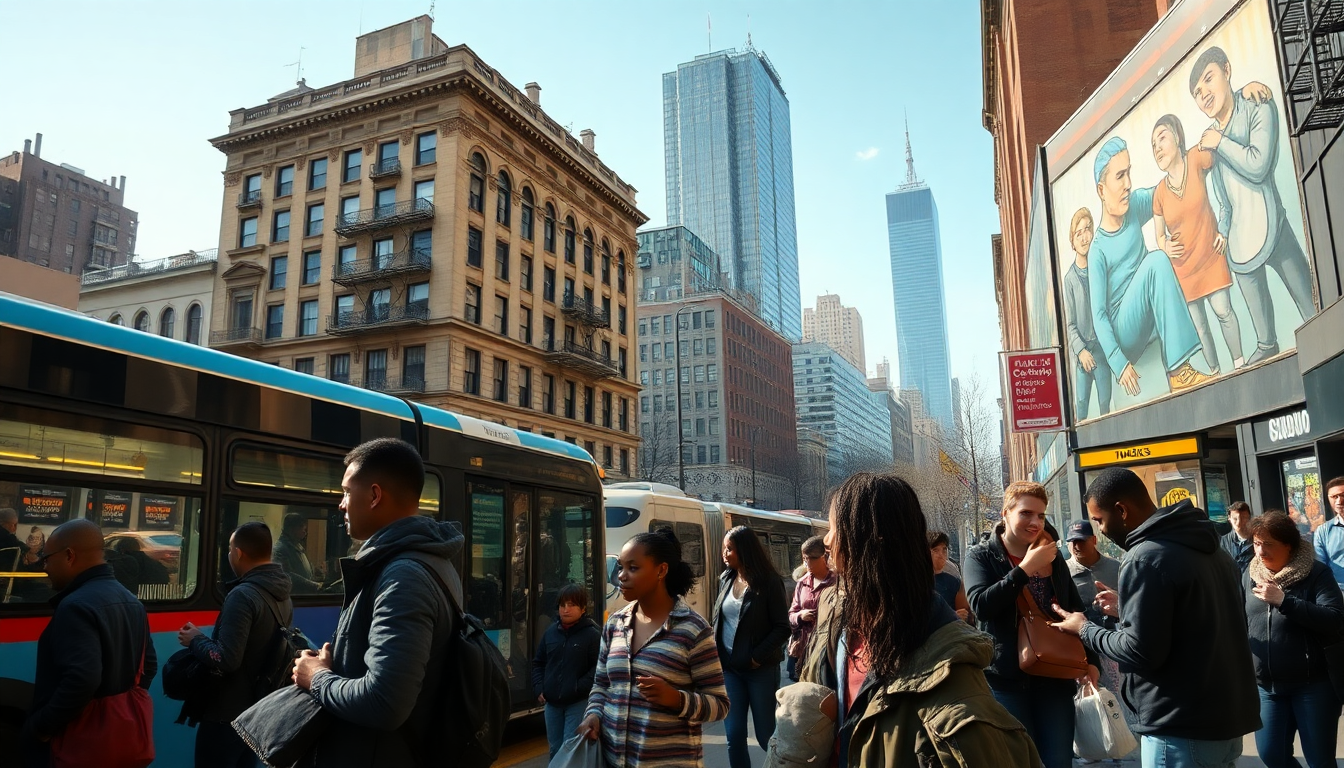Table of Contents
The candidacy of Zohran Mamdani has ignited an important conversation about the future economic landscape of New York City. As a Democratic socialist, Mamdani is on a mission to make this bustling metropolis more affordable, tackling the high costs that residents face daily. His proposals—like free public transportation and a freeze on rent hikes for stabilized apartments—reflect a deep commitment to reshaping the city’s economic policies. But what does this mean for New Yorkers? Let’s dive into the key aspects of his campaign and explore the reactions from both supporters and critics.
Market Overview: Economic Pressures and Voter Sentiment
In a time when living costs are skyrocketing, Mamdani’s promise to boost affordability has really struck a chord with voters. His campaign is built on clear, actionable proposals, standing in stark contrast to what many see as a lack of significant action from traditional Democratic leadership. Recent polling data shows that residents are increasingly frustrated with the stagnant state of housing policy and public services. With rents climbing and grocery prices on the rise, Mamdani’s approach has rallied support from those feeling the economic squeeze.
In a city where economic inequality is a glaring issue, Mamdani’s grassroots organizing and focus on policies that cater to working-class needs have drawn a diverse coalition of voters. From young professionals to long-time locals, many are eager for real solutions to the affordability crisis. This shift in voter sentiment was evident when Mamdani achieved a notable victory in the mayoral primary, outpacing his nearest competitor by a substantial margin.
However, not everyone is on board. The ultra-wealthy investor class is understandably concerned about Mamdani’s rise, particularly regarding his tax proposals and potential regulatory changes. The tension between New York City’s thriving financial sector and Mamdani’s progressive vision sets the stage for a complicated political landscape as he heads toward the general election. How will these opposing forces shape the future of the city?
Analyzing Key Proposals and Their Implications
One of Mamdani’s key proposals is to raise the city’s corporate tax rate to 11.5%, aligning it with New Jersey’s rate. His campaign estimates this change could generate around $5 billion annually—money that could be funneled into public services and infrastructure enhancements. Historical data suggests that higher corporate taxes haven’t necessarily stunted business growth; just look back at the late 1990s when private sector employment thrived despite elevated tax rates. This historical context is essential for understanding the potential impact of Mamdani’s proposals.
Additionally, Mamdani aims to introduce a 2% tax on individuals earning over $1 million, which could boost city revenue by an estimated $4 billion. Critics warn that high earners might flee to states with lower taxes, but data shows that New York continues to attract new millionaires, indicating that the city’s cultural and economic allure remains intact despite tax considerations.
Then there’s Mamdani’s ambitious housing policy, which includes a freeze on rent increases for rent-stabilized units that make up a significant portion of New York’s housing stock. This initiative aims to ease the immediate financial burdens faced by many residents. Yet, it’s not without its detractors. Landlord associations have raised alarms about potential negative outcomes, such as increased vacancies and deteriorating building conditions. Balancing tenant protections with landlords’ ability to maintain properties is a tightrope Mamdani will need to walk if elected.
Future Challenges and Opportunities
As Mamdani gears up for the general election, he faces the dual challenge of broadening his support base while addressing the concerns of powerful financial interests. His ability to hold Wall Street accountable without alienating it will be crucial for successful governance. The Partnership for New York City, representing major firms, has indicated a willingness to engage with his campaign, hinting at potential collaboration on economic policies that serve both residents and businesses. Can he really bridge this gap?
Moreover, Mamdani’s ideas for universal childcare and a city-run grocery store could profoundly affect the daily lives of New Yorkers. These initiatives align with his vision of creating a more equitable city where everyone’s basic needs are met. However, implementing such ambitious plans will require savvy political maneuvering and collaboration with state leaders.
Ultimately, Mamdani’s candidacy marks a significant departure from traditional political norms. His focus on affordability and social equity resonates with a large segment of the electorate that feels overlooked by the status quo. As New York City navigates its economic future, Mamdani’s proposals have the potential to redefine the landscape—if he can turn his vision into actionable policy. Are we ready for such a transformation?


